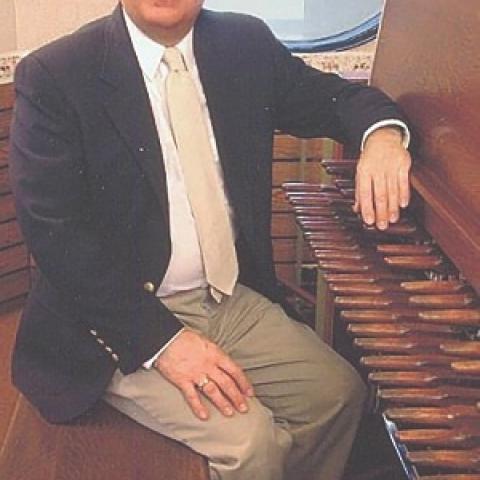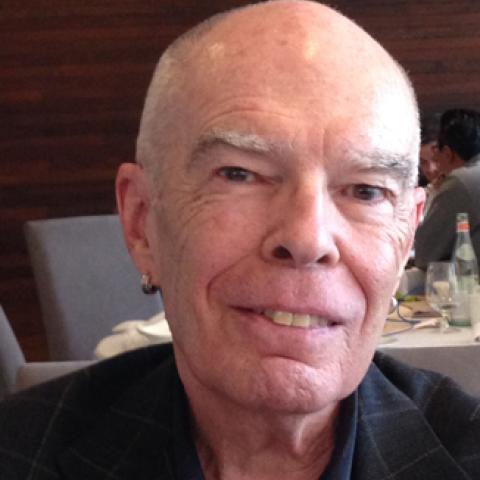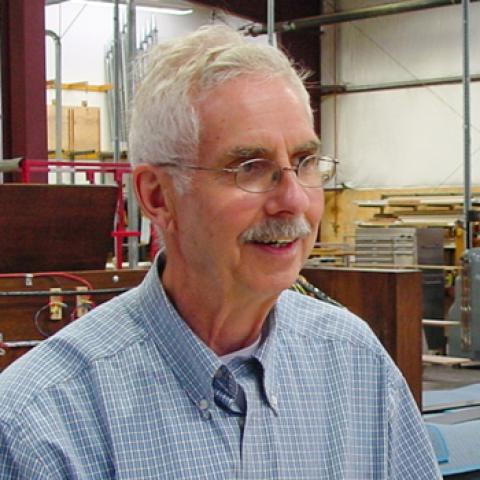
William “Bill” De Turk died March 14. Born May 15, 1945 in Philadelphia, Pennsylvania, area, he earned his Bachelor of Music degree cum honore from Heidelberg University, Tiffin, Ohio, in 1967, and his Master of Music degree in organ performance from the University of Michigan, Ann Arbor, in 1969. While at Michigan he studied carillon with Percival Price. In 1974 De Turk was the first carillon scholar at the Bok Singing Tower, Lake Wales, Florida, working with Milford Myhre for one year. As university carillonneur for the University of Michigan between 1981 and 1987, he hosted the 1986 World Carillon Congress. He also served as director of music (organist, choirmaster, and carillonneur) at Grosse Pointe Memorial Church, Grosse Pointe, Michigan, between 1977 and 1993.
De Turk moved to Florida in 1993 to become assistant carillonneur and librarian at Bok Tower Gardens and was appointed carillonneur there in 2004, following the retirement of Myhre. De Turk retired from the Bok Tower in 2011 but remained active in the Guild of Carillonneurs in North America (GCNA). Over decades his roles included service as president between 1979 and 1984, archivist from 1972 until 2009, and as an adjudicator for both the examination and Barnes juries. He performed recitals throughout the United States, Canada, and Europe, and his interest in research in the field of carillons and bells resulted in 11 published articles. In 1983 he was awarded the Berkeley Medal by the University of California at Berkeley for distinguished service to the carillon. In 2000 he was honored for his contribution to the art of the carillon at the 12th World Carillon Federation Congress/39th International Carillon Festival in Springfield, Illinois. In 2012 he was named an honorary member in the GCNA.
Other recent obituaries:






